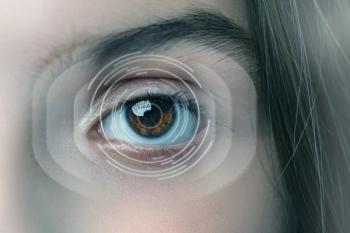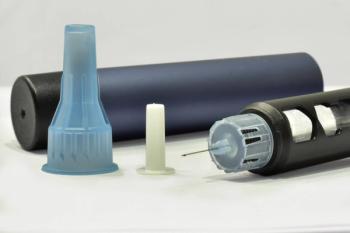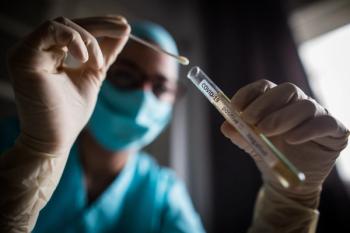
PAD treatment should cover pharmaceutical care
People with lower-extremity peripheral arterial disease (PAD) should get treatment, including pharmaceutical treatment, comparable to that for people with established coronary artery disease. That's according to new, comprehensive guidelines on PAD from the American Heart Association (AHA) and other medical groups.
People with lower-extremity peripheral arterial disease (PAD) should get treatment, including pharmaceutical treatment, comparable to that for people with established coronary artery disease. That's according to new, comprehensive guidelines on PAD from the American Heart Association (AHA) and other medical groups.
Experts involved in writing the guidelines said PAD detection and treatment are among the most important and least-utilized tools for preventing heart attack and stroke, as well as other problems.
The recommendations will be followed by a major public education campaign. Links to the guidelines, the 75-page summary, and preliminary campaign information can be found at
Most relevant to pharmacy practice, said Hirsch, is that "the good news is that the same range of pharmacological interventions known to be effective for patients with coronary heart disease, is effective here. The key will be to provide the interventions." Pharmacists don't have to retool their methods to offer significantly better care to this large group of people.
"The call to action for pharmacists is twofold," said Hirsch. "First, pharmacists should be able to provide access and information for atherosclerosis risk reduction interventions to prevent heart attack and stroke for individuals with any form of noncoronary atherosclerotic disease. But there is a pressing rationale for a special focus to begin on individuals identified to have lower-extremity PAD," he said.
Hirsch further stressed a key second point. "Individuals who suffer claudication symptoms certainly should also be provided with facilitated access to effective claudication treatment medications."
Once lower-extremity PAD is identified, the recommendations state that even asymptomatic patients should get smoking-cessation, lipid-lowering, diabetes, and hypertension treatment, as well as antiplatelet therapy.
In addition, said the guidelines, "Angiotensin-converting enzyme (ACE) inhibition may be considered for individuals with asymptomatic lower-extremity PAD for cardiovascular risk reduction."
Beyond lower-extremity PAD, the massive recommendations, written by AHA, the American College of Cardiology, and four other organizations, also cover three other types of PAD: renal arterial disease; mesenteric arterial disease; and aneurisms of the abdominal aorta, its branches, and the lower extremities. And within lower-extremity PAD itself, they detail treatment for individuals with claudication, critical limb ischemia, acute limb ischemia, or prior limb arterial revascularization, as well as those patients with no symptoms.
AHA estimates that 75% of the eight million to 12 million Americans who have PAD do not have symptoms, and even those with symptoms often think they are caused by something else. The most common complaints are cramping, pain, or tiredness in the leg or hip muscles while walking or climbing stairs.
THE AUTHOR is a writer based in Maryland.
Newsletter
Pharmacy practice is always changing. Stay ahead of the curve with the Drug Topics newsletter and get the latest drug information, industry trends, and patient care tips.













































































































































